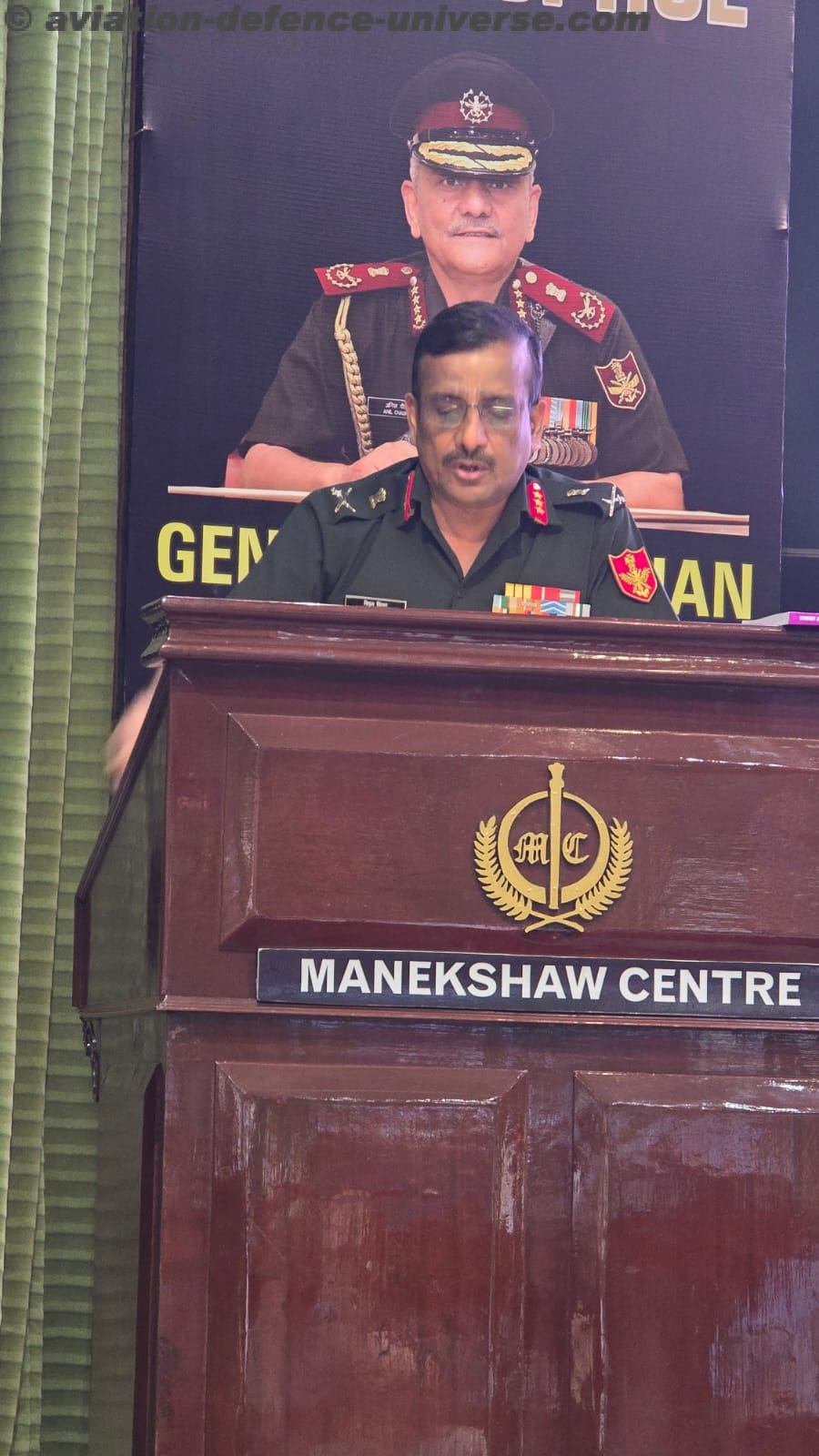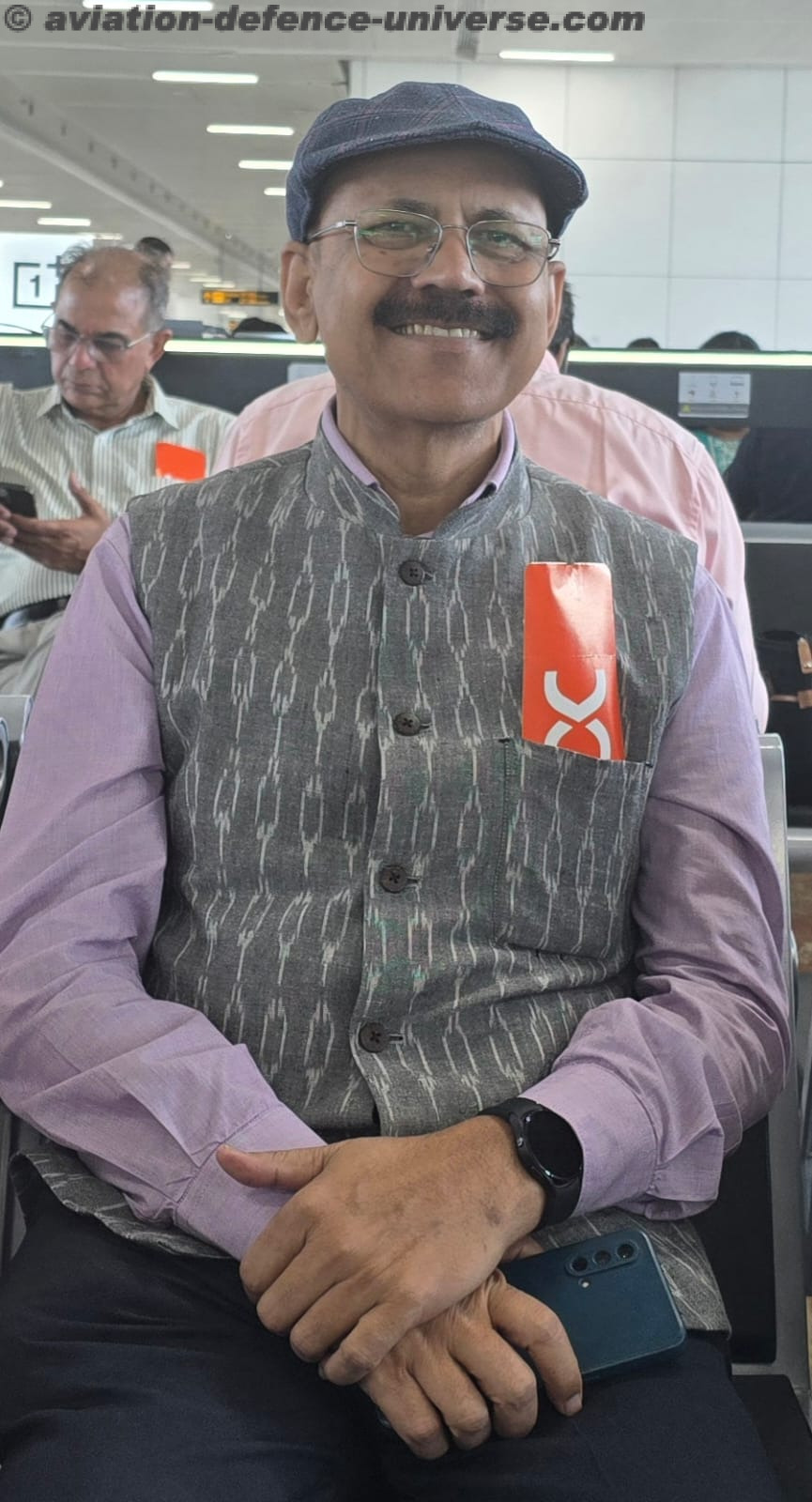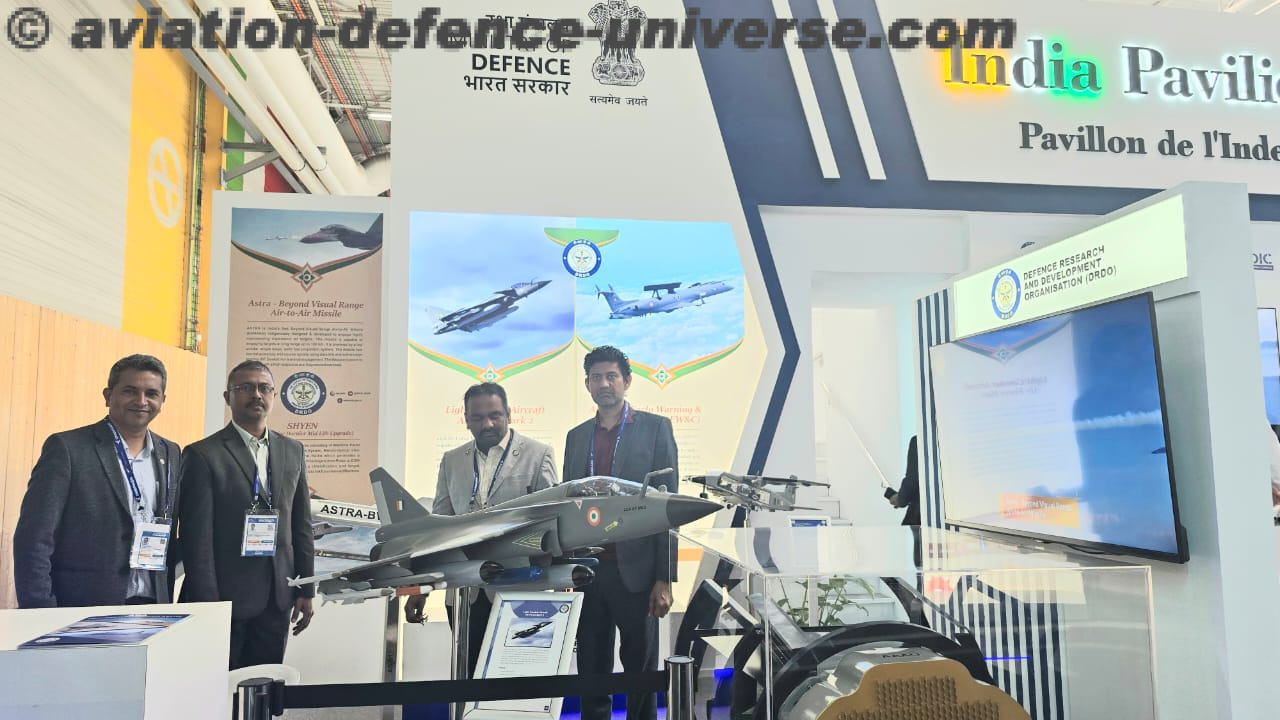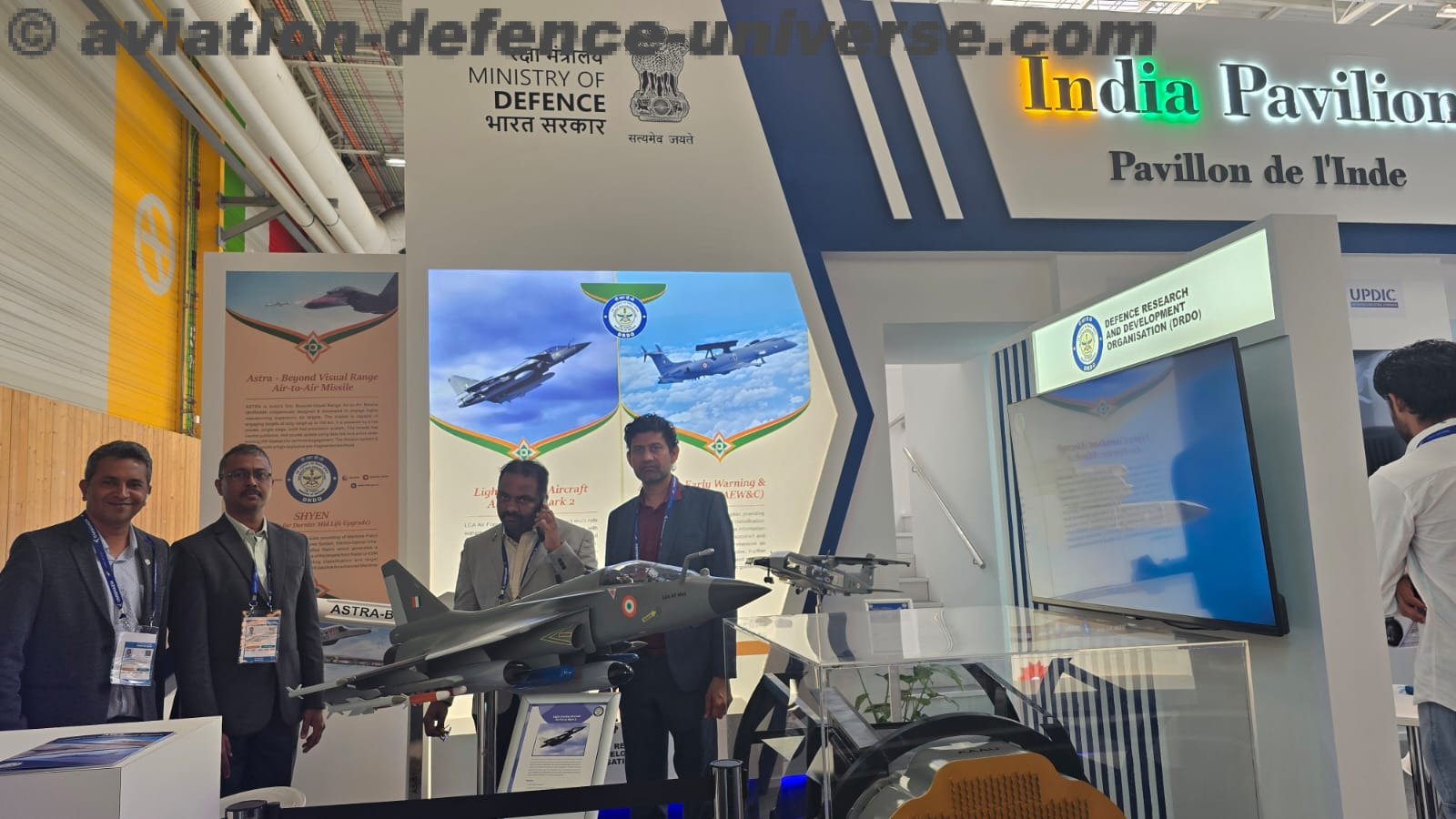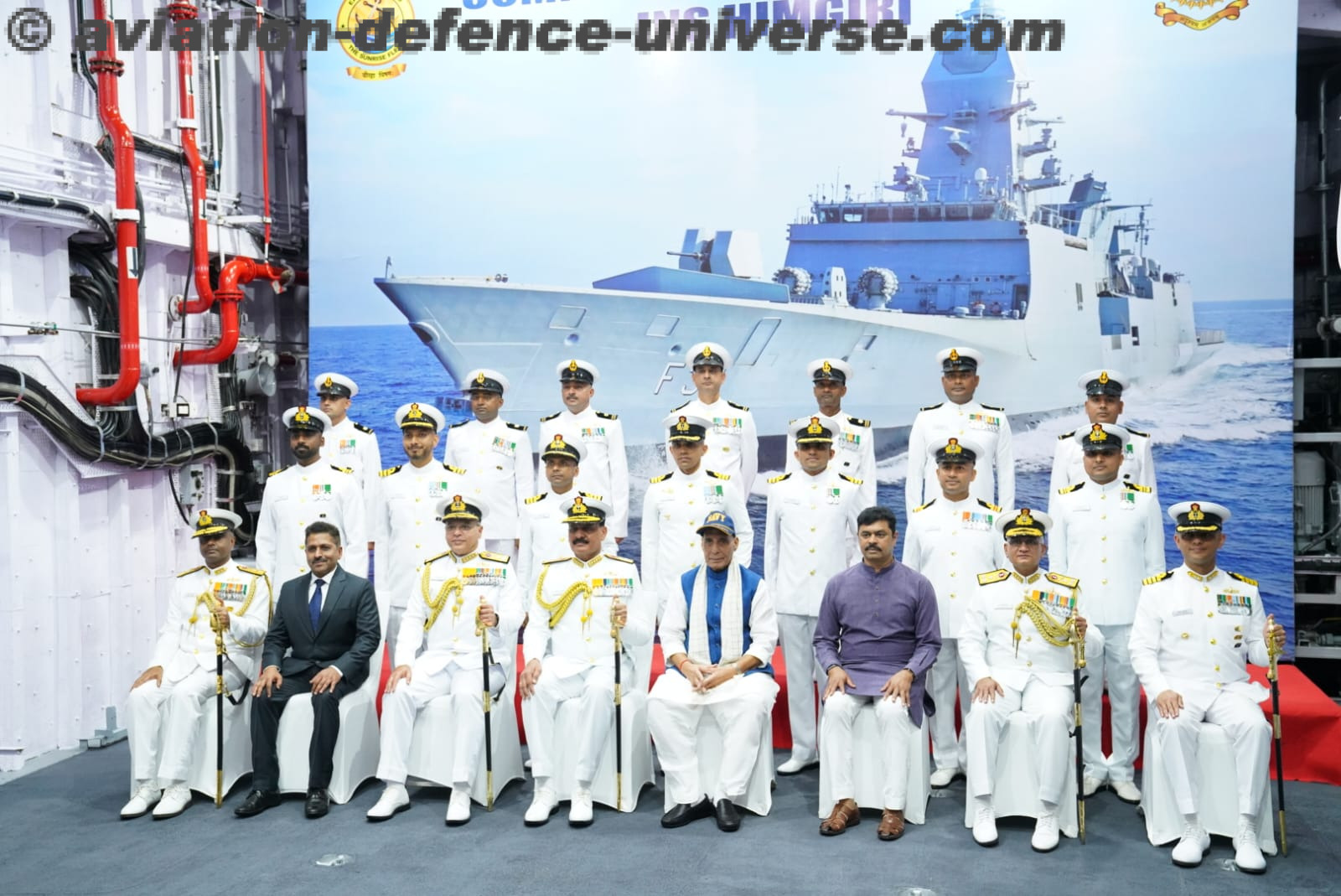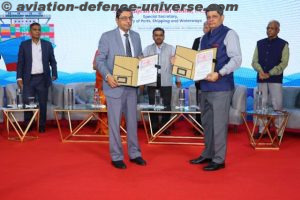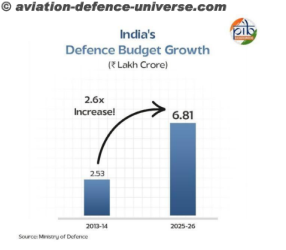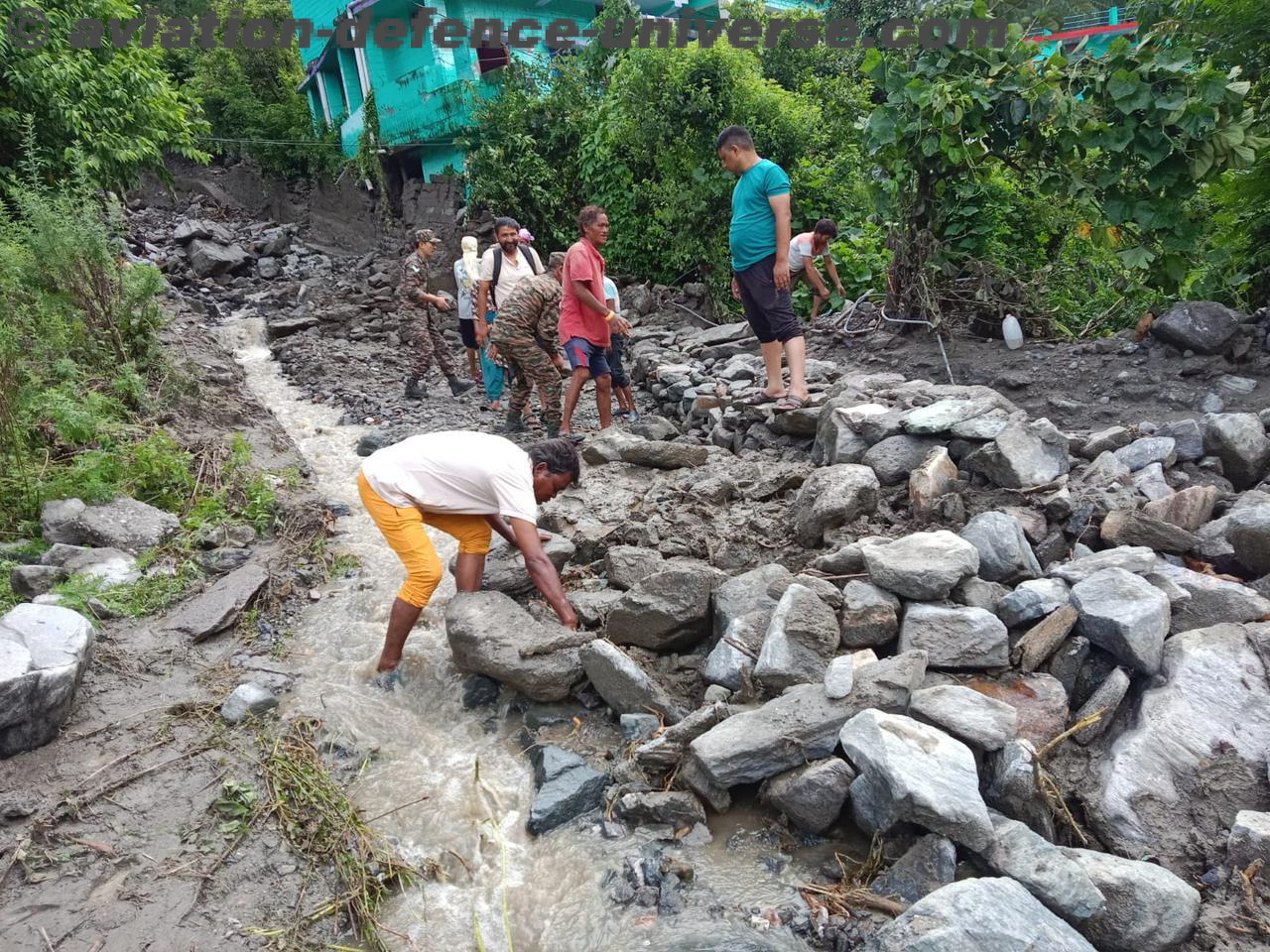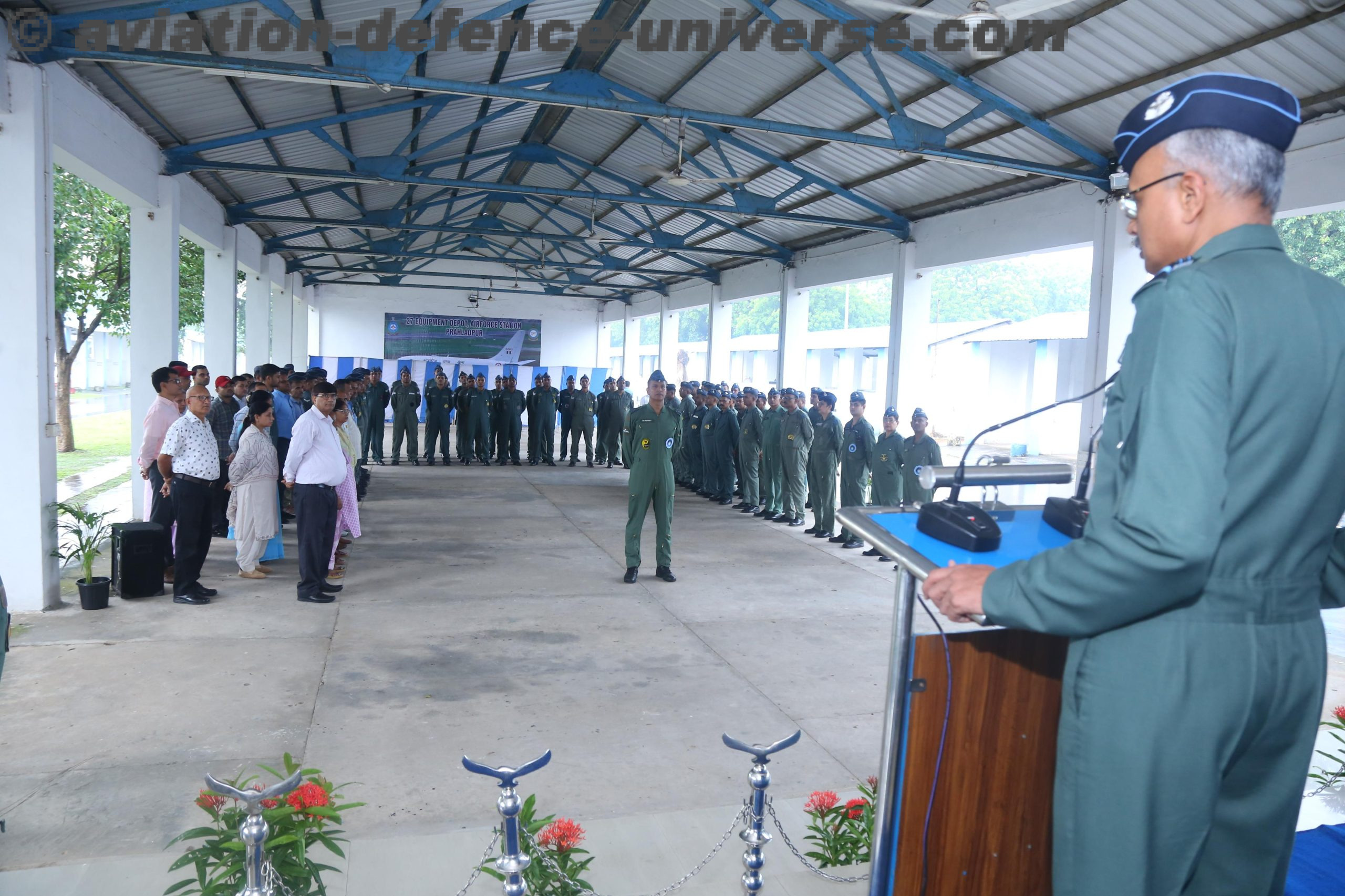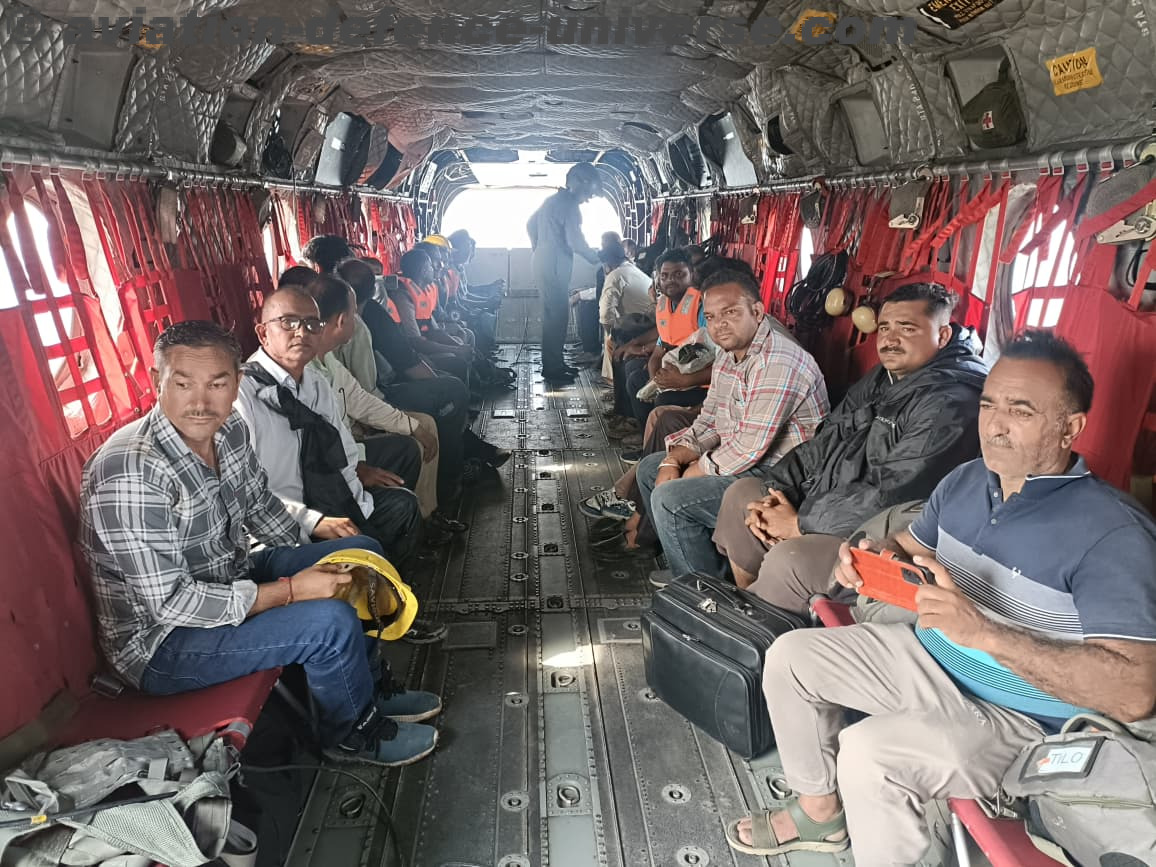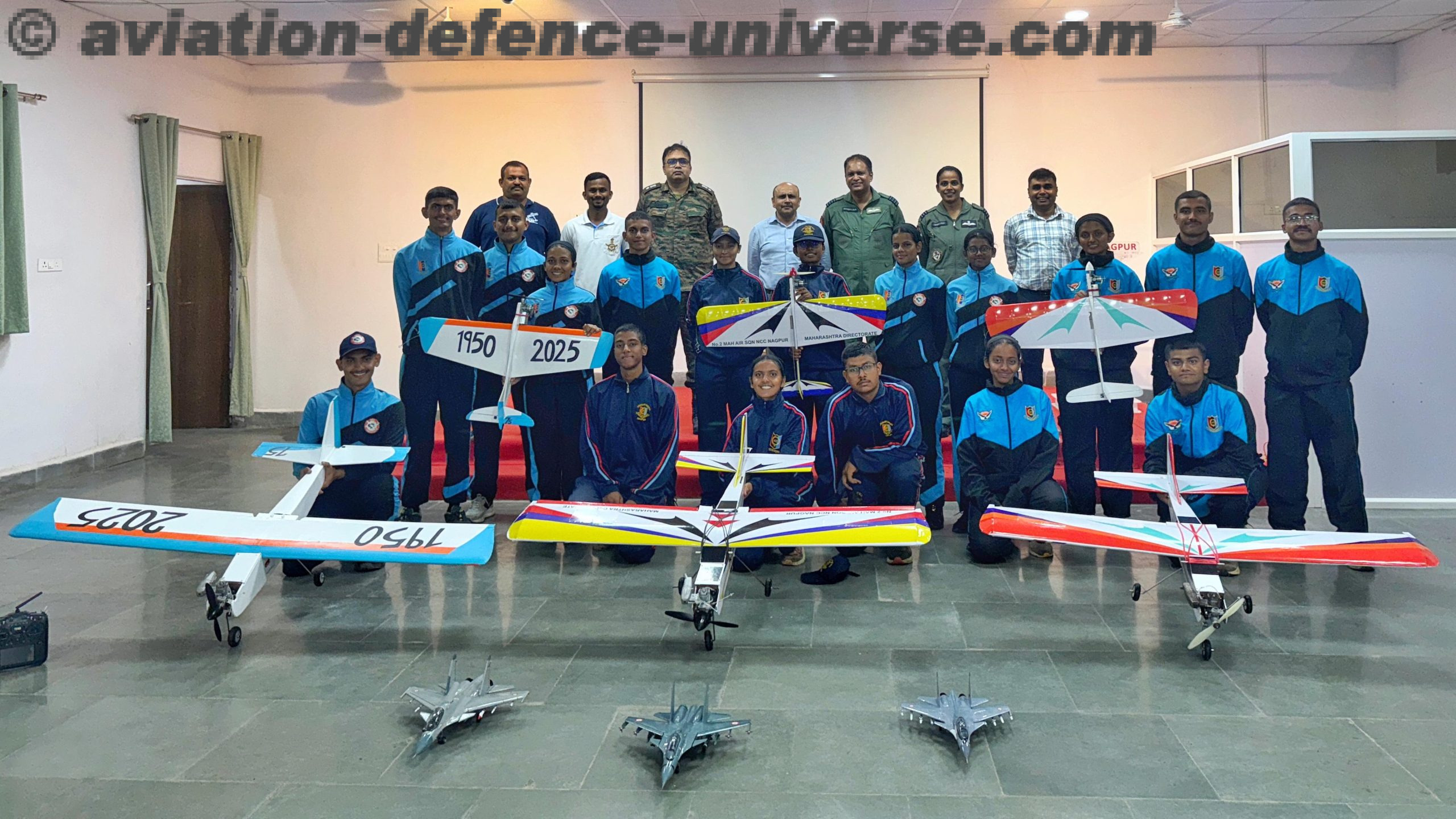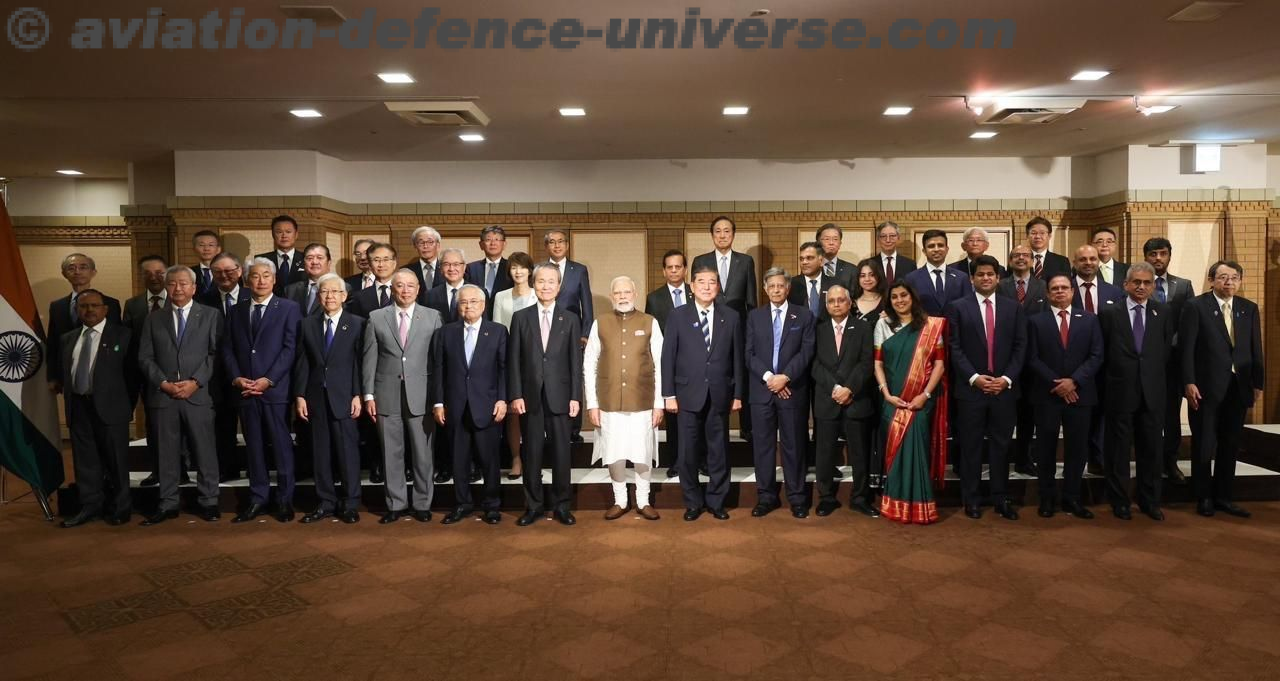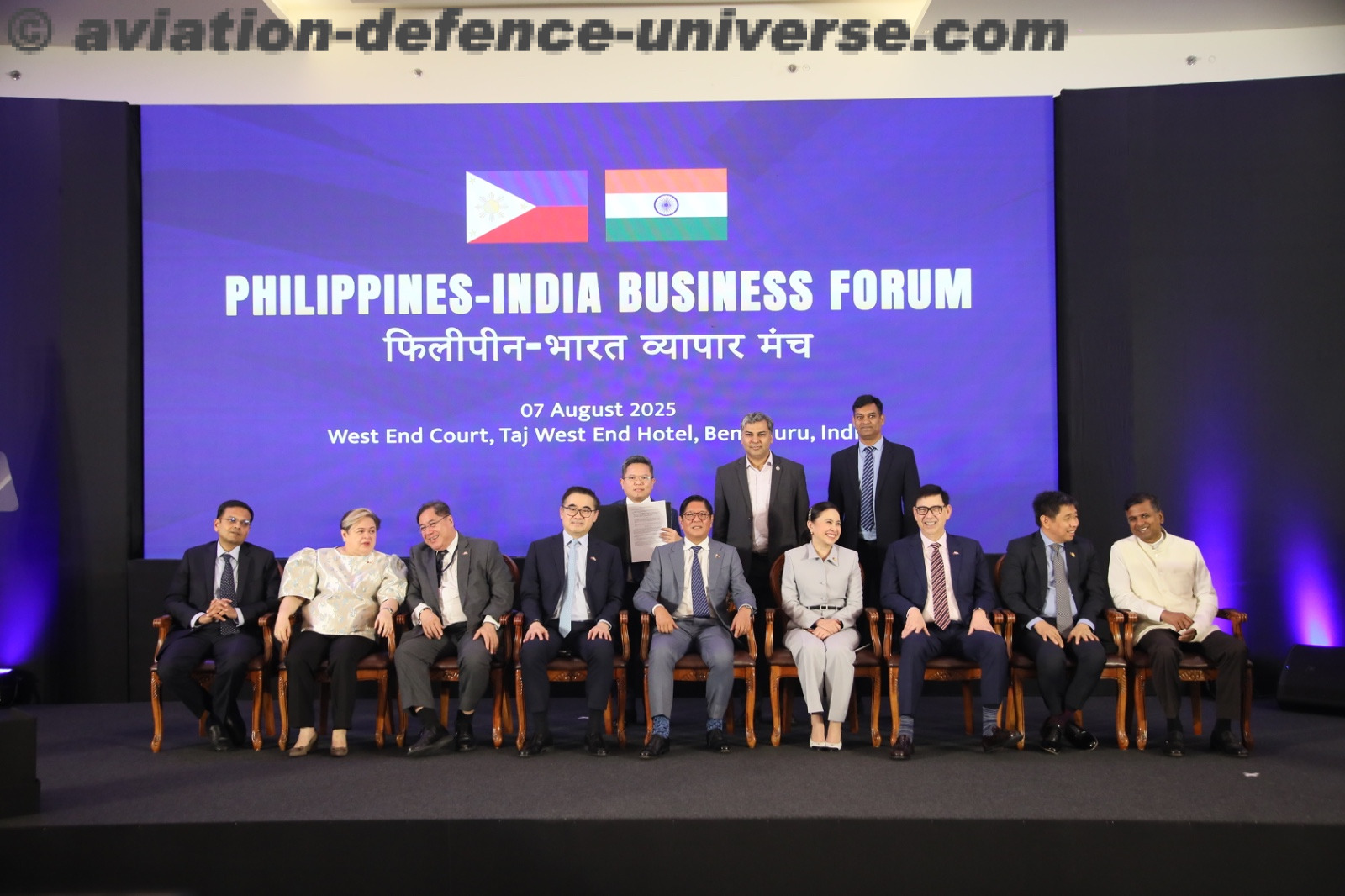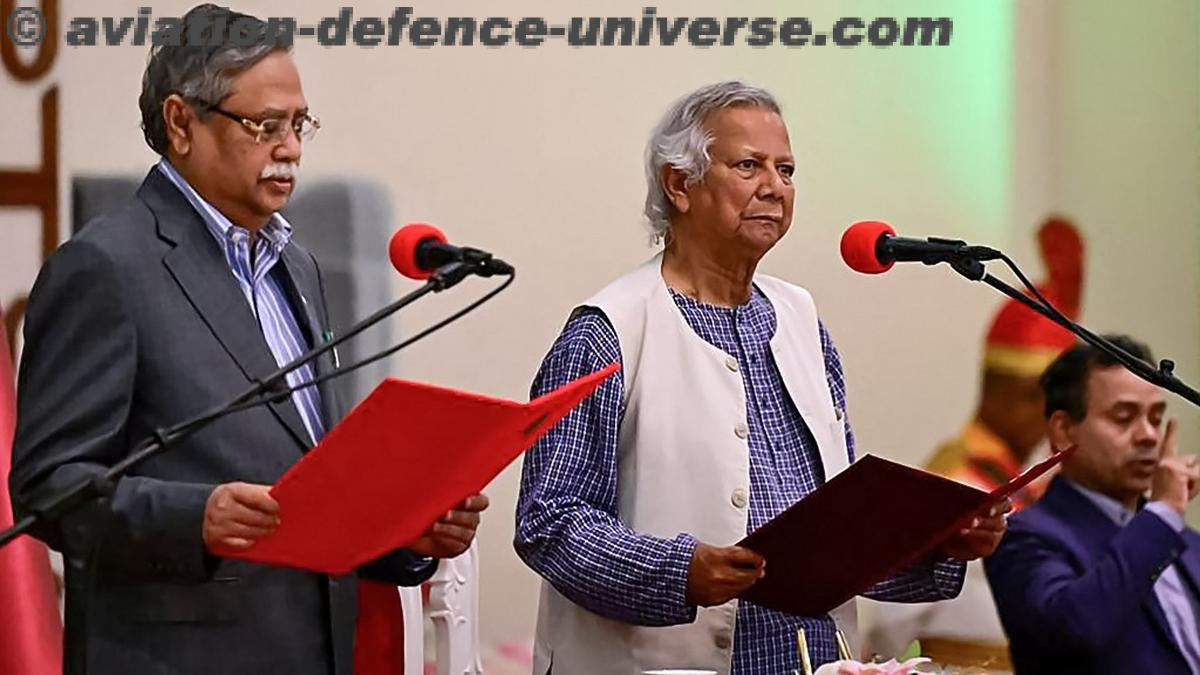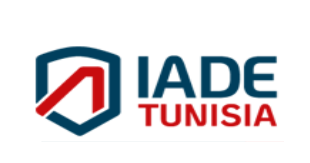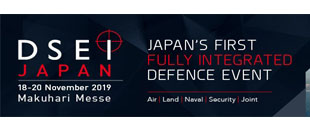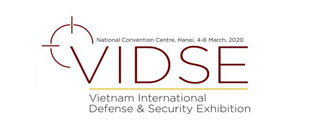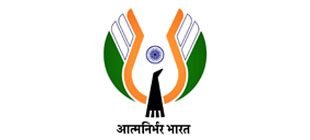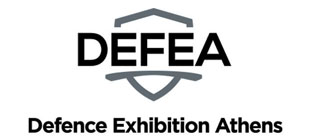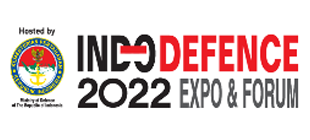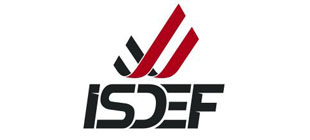Mumbai, September 03, 2025 — Financial services firm Equirus Securities has released a press note on the defence sector outlook. The note delves deep in the transformative changes witnessed by India’s defense sector over the last decade, identifying key successes, persistent challenges, and opportunities for the future.
Game changing reforms and mindset shifts: Significant reforms have transformed India’s defense landscape. High-level political leadership, particularly from the Prime Minister’s Office (PMO), has moved from “lip service” to genuine commitment to self-sufficiency. The armed forces now actively participate in indigenous industrialization, facilitated by the Chief of Defence Staff (CDS), bridging the historical gap between users and developers. Operation Sindoor highlighted the strategic advantage of domestic equipment. Key policy and procurement measures include Defense Acquisition Procedure (DAP) 2020, raising FDI to 74% under the automatic route, corporatization of Ordnance Factory Boards, iDEX for startups, “Make in India,” prioritization of “Buy Indian” and the 2005 offsets policy. This transformation reflects a fundamental shift in mindset towards innovation, risk-taking, and self-reliance.
Impact on Private Sector Engagement: Private sector participation has surged, contributing almost 25% to defense production, up from zero in 2001. Successful indigenous products and increased domestic surge capacity during conflicts have created growing opportunities for private companies, particularly in areas previously dominated by foreign suppliers. The government’s reforms and active armed forces involvement have strengthened confidence and interest in defense manufacturing. The evolving mindset of private firms, now willing to invest in long-term R&D, is central to sustaining this growth trajectory.
Assessment of Indigenization Progress – a reality check: While over 70% of defense procurement by value is sourced domestically, progress varies across sectors. Shipbuilding achieves 75-80% indigenous content, land systems (e.g., tanks) are produced without foreign dependence, and a company-developed ballistic ceramic now commands 95% market share. Avionics has seen 100% indigenous cockpit displays for platforms like Sukhoi, LCA, and HTT40. Critical gaps remain in high-end avionics, jet engines, and aerospace electronics. Challenges include low R&D spending (0.5% of GDP vs 2-2.5% globally), a “build to print” mindset, and risks for private firms investing in R&D without guaranteed orders. Shifting mindsets towards proactive design and innovation remains critical to overcome these challenges.
Outlook and Opportunities for the Next Decade: Emerging technologies such as AI, drones, long-range precision weapons, hypersonic, and unmanned systems offer major opportunities. Strategic acquisitions or global partnerships are recommended for complex technologies like jet engines. India’s ammunition sector can leverage global demand, producing low-cost, high-volume rounds (India’s need: 80,000 precision rounds vs global production: 8,000). India aims to transition from component supplier to platform manufacturer (“Indian Airbus” or “Indian Rheinmetall”) in an $800 billion global defense market projected to reach $1.2-$1.3 trillion, with current exports only $3 billion. A mindset embracing long-term vision and global competitiveness is essential to capture these opportunities.
Industry Expectations from the Government: The defense industry seeks stronger government support to accelerate private sector capability development. Direct financial backing for platforms, akin to Sweden’s 50% funding for the Gripen fighter, is crucial, as current DRDO/DPSU funding often carries restrictive conditions. Clear visibility and trust for R&D, along with implementation of policies such as allocating 25% of the R&D budget to private industry, can catalyse lab-to-factory conversion. Expedited procurement processes, from Acceptance of Necessity (AoN) to contract placement, are essential to assure orders and encourage domestic capability growth. Aligning government and industry mindsets towards collaboration and trust will be key for India’s defense self-reliance journey.


